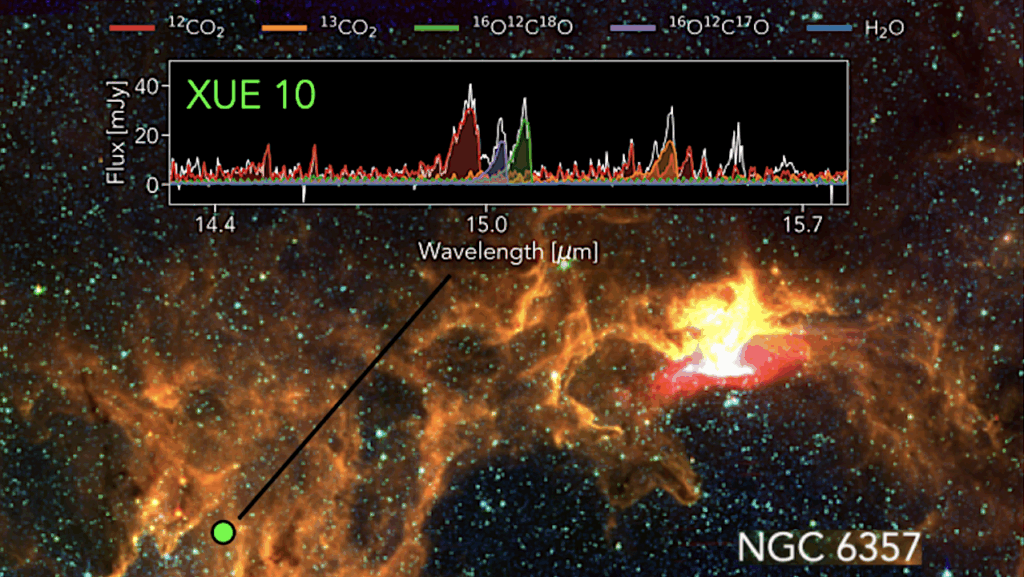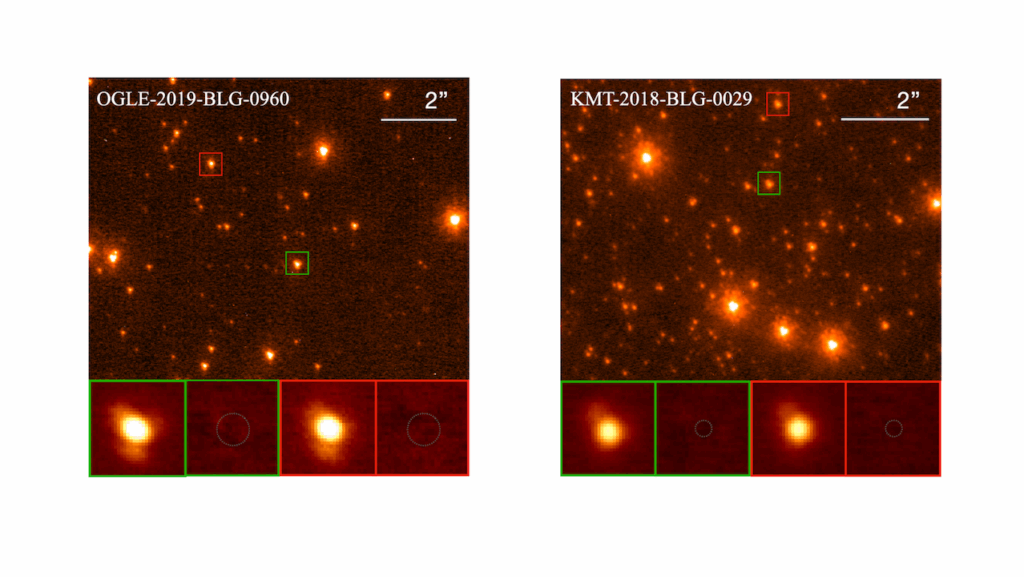JWST COMPASS: A NIRSpec/G395H Transmission Spectrum Of The Sub-Neptune TOI-836c

Planets between the sizes of Earth and Neptune are the most common in the Galaxy, bridging the gap between the terrestrial and giant planets in our Solar System.
Now that we are firmly in the era of JWST, we can begin to measure, in more detail, the atmospheres of these ubiquitous planets to better understand their evolutionary trajectories. The two planets in the TOI-836 system are ideal candidates for such a study, as they fall on either side of the radius valley, allowing for direct comparisons of the present-day atmospheres of planets that formed in the same environment but had different ultimate end states.
We present results from the JWST NIRSpec G395H transit observation of the larger and outer of the planets in this system, TOI-836c (2.587 R⊕, 9.6 M⊕, Teq∼665 K). While we measure average 30-pixel binned precisions of ∼24ppm for NRS1 and ∼43ppm for NRS2 per spectral bin, we do find residual correlated noise in the data, which we attempt to correct using the JWST Engineering Database. We find a featureless transmission spectrum for this sub-Neptune planet, and are able to rule out atmospheric metallicities <175× Solar in the absence of aerosols at ≲1 millibar.
We leverage microphysical models to determine that aerosols at such low pressures are physically plausible. The results presented herein represent the first observation from the COMPASS (Compositions of Mini-Planet Atmospheres for Statistical Study) JWST program, which also includes TOI-836b and will ultimately compare the presence and compositions of atmospheres for 12 super-Earths/sub-Neptunes.
Nicole L. Wallack, Natasha E. Batalha, Lili Alderson, Nicholas Scarsdale, Jea I. Adams Redai, Artyom Aguichine, Munazza K. Alam, Peter Gao, Angie Wolfgang, Natalie M. Batalha, James Kirk, Mercedes López-Morales, Sarah E. Moran, Johanna Teske, Hannah R. Wakeford, Nicholas F. Wogan
Comments: 23 pages, 14 figures, 3 tables, accepted for publication in AJ
Subjects: Earth and Planetary Astrophysics (astro-ph.EP)
Cite as: arXiv:2404.01264 [astro-ph.EP] (or arXiv:2404.01264v1 [astro-ph.EP] for this version)
https://doi.org/10.48550/arXiv.2404.01264
Focus to learn more
Submission history
From: Nicole Wallack
[v1] Mon, 1 Apr 2024 17:38:17 UTC (4,156 KB)
https://arxiv.org/abs/2404.01264
Astrobiology








